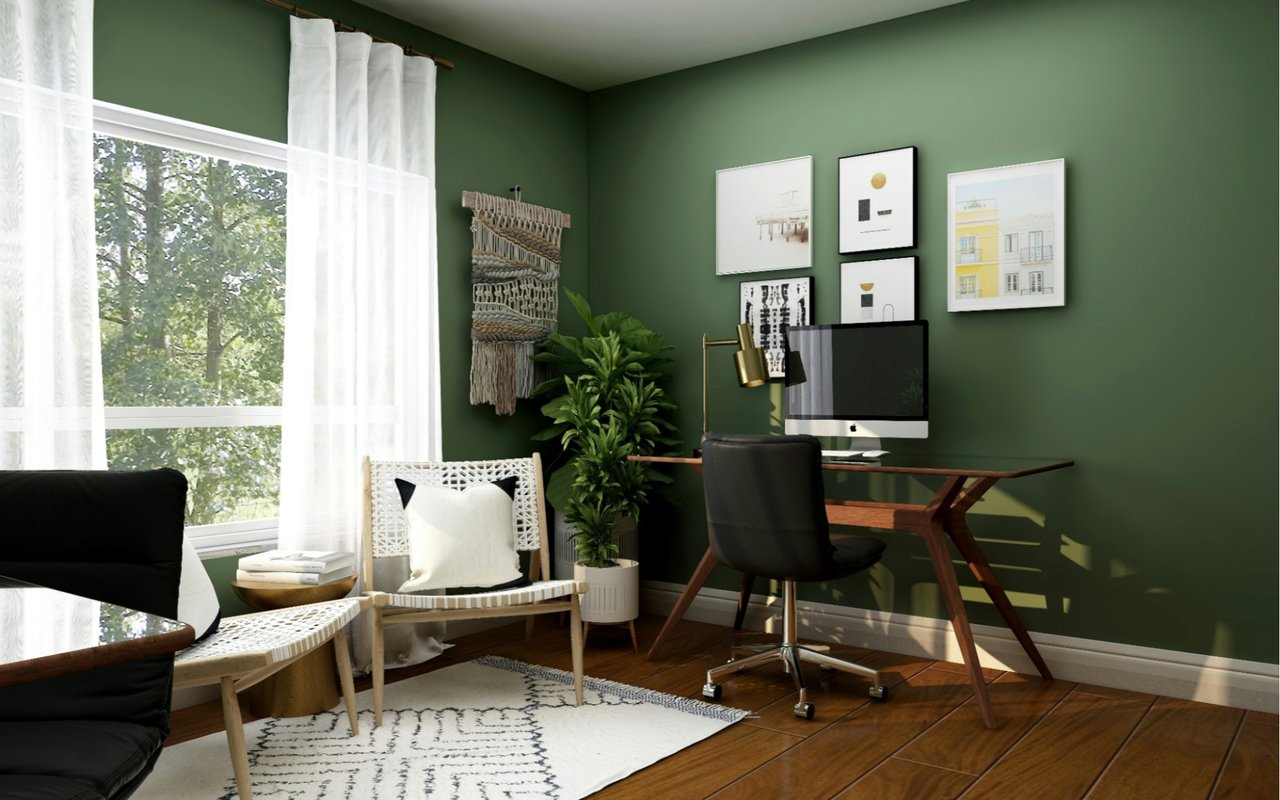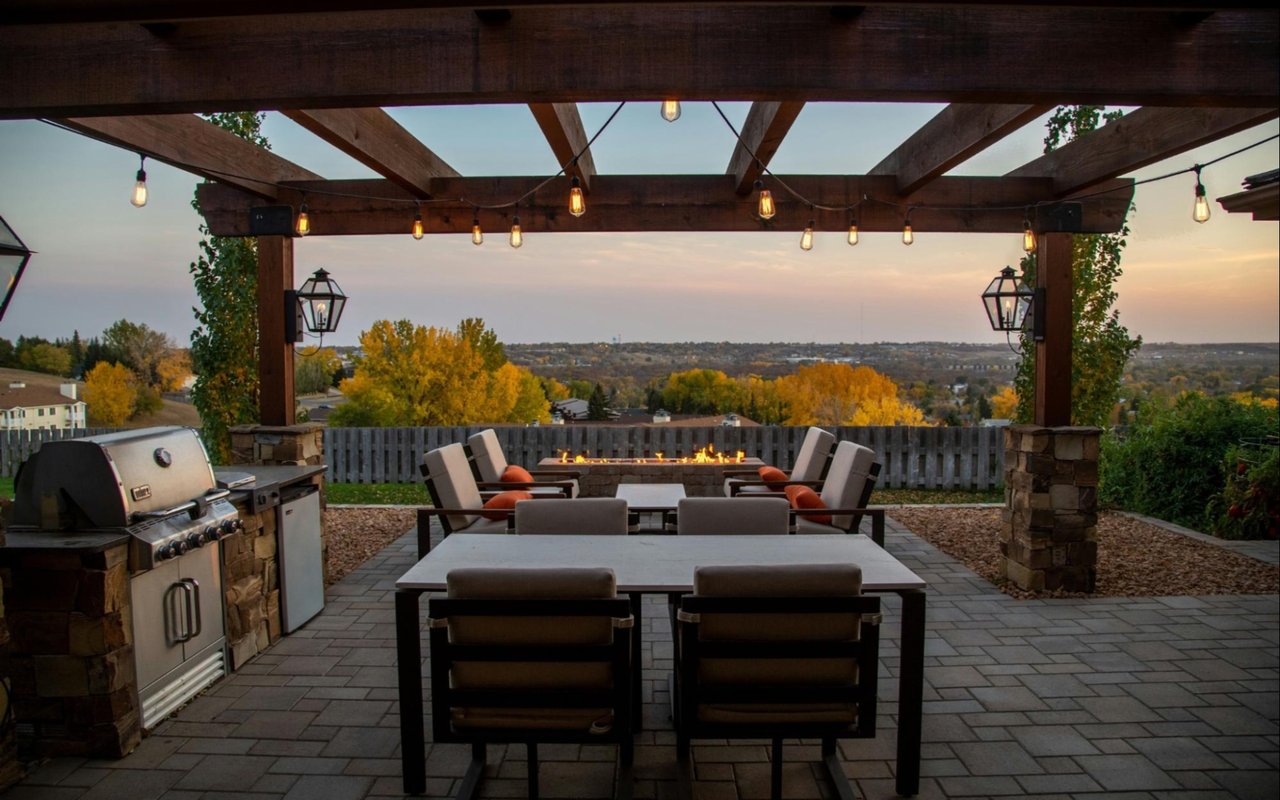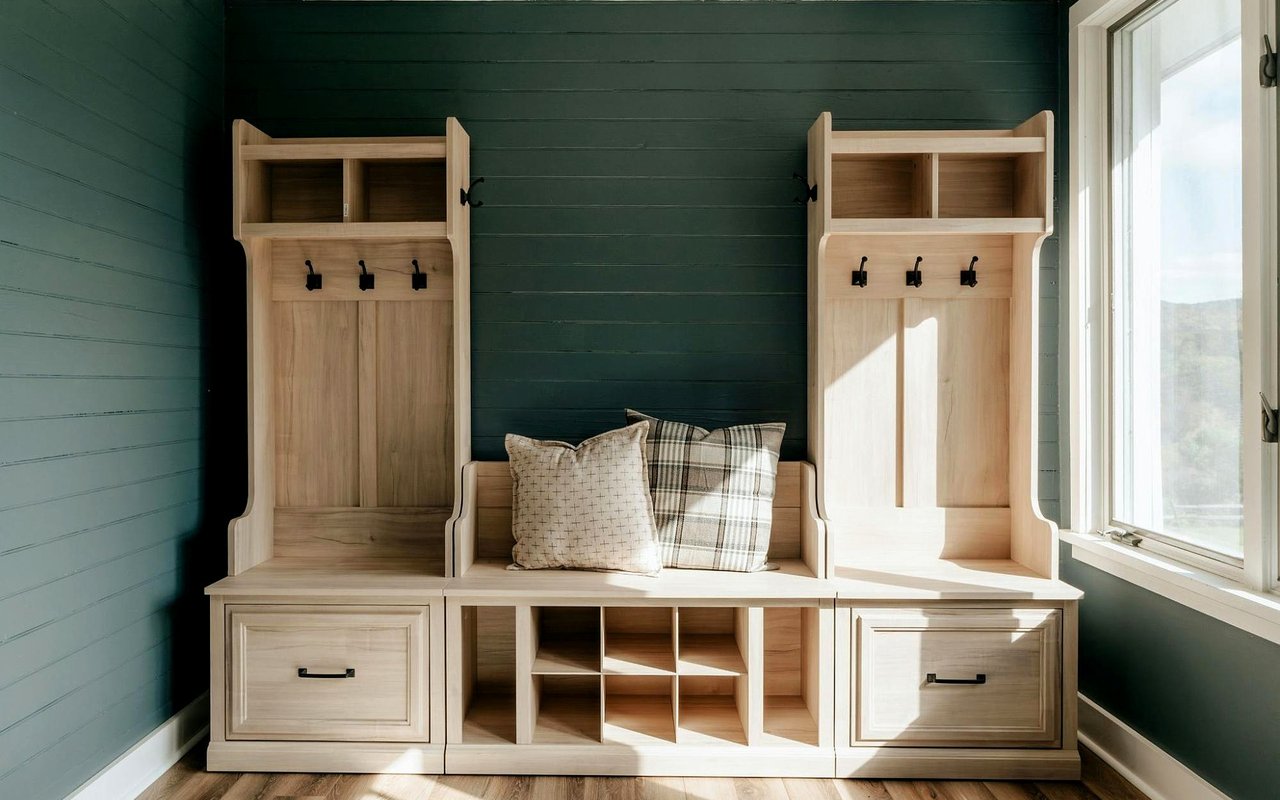As a real estate team serving the Austin, TX, area, we’ve seen how homebuyers increasingly prioritize flexible spaces that support remote work and creative pursuits. Whether you're relocating to Austin or updating your current space, a thoughtfully designed home office adds lasting value and makes daily routines more efficient. With the right approach, you can create a workspace that blends functionality and personal style, all while enhancing the appeal of your property.
Start with Purpose and Placement
Before choosing finishes or decor, it’s important to define how you’ll use the space. Will it be a full-time remote office, a part-time study, or a dual-purpose guest room? Identifying your needs will guide key design decisions and prevent costly reconfigurations down the line.
We recommend selecting a location that balances privacy and access. A dedicated room with a door offers the best sound control, especially if you take video calls or need deep focus. If space is limited, a converted nook, loft, or corner with strategic dividers can still function well with the right setup.
We recommend selecting a location that balances privacy and access. A dedicated room with a door offers the best sound control, especially if you take video calls or need deep focus. If space is limited, a converted nook, loft, or corner with strategic dividers can still function well with the right setup.
Prioritize Natural Light and Views
Lighting plays a major role in both focus and comfort. Position your desk near a window when possible to take advantage of daylight. Natural light can reduce eye strain and boost productivity, especially during long work sessions. In Austin, many homes offer views of tree-lined streets, greenbelt trails, or landscaped yards, which can add a calming element to your workspace.
If your space doesn’t have direct sunlight, use layered lighting. Combine overhead fixtures with task lighting and ambient sources to create an environment that adapts to different times of day.
If your space doesn’t have direct sunlight, use layered lighting. Combine overhead fixtures with task lighting and ambient sources to create an environment that adapts to different times of day.
Choose Furniture That Works for You
The right furniture supports both your workflow and your space’s design. For many clients, that means balancing ergonomic function with clean lines and quality materials. A sit-stand desk, adjustable task chair, and filing system are common choices, but the aesthetic should reflect your taste.
Whether your home leans modern, transitional, or traditional, select pieces that echo that style. Wood finishes, neutral tones, and metal accents can create cohesion with the rest of your home’s decor. Built-in desks and cabinetry are a great option if you want a seamless, integrated look, especially in homes with open floor plans.
Whether your home leans modern, transitional, or traditional, select pieces that echo that style. Wood finishes, neutral tones, and metal accents can create cohesion with the rest of your home’s decor. Built-in desks and cabinetry are a great option if you want a seamless, integrated look, especially in homes with open floor plans.
Focus on Storage and Organization
A clutter-free office promotes better focus and a more professional environment. Storage solutions should serve your workflow without overwhelming the space visually.
We often suggest:
- Floating shelves to display essentials and decor
- Hidden storage, like drawer units or baskets tucked under a console
- Built-in cabinetry that blends with your home’s trim and millwork
Integrate Technology Thoughtfully
Modern home offices require reliable connectivity and power access. In Austin, where many buyers work in tech or remote fields, it’s common to see upgraded setups that support multiple monitors, smart lighting, and soundproofing.
Make sure your design accommodates:
- Surge-protected power sources and cable management
- Strong Wi-Fi coverage or hardwired connections
- Docking stations and device charging zones
Add Personal Touches with Art and Decor
Even a professional workspace should feel connected to the rest of your home. Art, textiles, and greenery can make the office feel more welcoming and complete. Think framed prints, locally sourced artwork, indoor plants, or a statement rug to soften the space.
We often recommend including at least one personal element—a bookshelf with meaningful objects, a record player, or a curated gallery wall. These details humanize the office without making it distracting.
We often recommend including at least one personal element—a bookshelf with meaningful objects, a record player, or a curated gallery wall. These details humanize the office without making it distracting.
Sound Control for Privacy and Comfort
If you share your home with others or live in a busy neighborhood, sound control becomes essential. Acoustic panels, area rugs, and thick curtains can help reduce noise, especially in high-ceilinged or multi-story homes.
Solid-core doors and weather-stripping also add a layer of sound insulation. These are smart upgrades for anyone hosting calls or meetings from home on a regular basis.
Solid-core doors and weather-stripping also add a layer of sound insulation. These are smart upgrades for anyone hosting calls or meetings from home on a regular basis.
Design for Flexibility Over Time
Your home office should be able to grow with your needs. Whether your work evolves, your family grows, or you host more guests, a flexible design allows you to adjust without a full remodel.
We suggest:
- Using modular furniture that can be reconfigured
- Adding convertible elements like a Murphy bed or daybed for multi-use
- Keeping the aesthetic neutral to appeal to future buyers
Match the Style of Your Home
While a home office is a functional space, it should still feel like part of the house. Whether your property has a modern farmhouse look, mid-century bones, or new construction detailing, your office can echo those design elements.
This might mean carrying flooring materials into the room, matching paint colors to adjacent spaces, or using window treatments that maintain consistency throughout the home. A cohesive design helps the space feel intentional, not like an afterthought.
This might mean carrying flooring materials into the room, matching paint colors to adjacent spaces, or using window treatments that maintain consistency throughout the home. A cohesive design helps the space feel intentional, not like an afterthought.
Contact The Agency Austin
If you're buying, selling, or updating a home in Austin, The Agency Austin can help you create a living environment that supports how you work and live. We’ve helped clients across the area design, upgrade, and showcase functional spaces that enhance their daily lives and increase property appeal.
Reach out to The Agency Austin today for expert insight into which home office features matter most to buyers in Austin. Whether you're looking for renovation ideas or searching for a property that already includes a dedicated workspace, our team is ready to guide you through every step with professionalism and local expertise.
Reach out to The Agency Austin today for expert insight into which home office features matter most to buyers in Austin. Whether you're looking for renovation ideas or searching for a property that already includes a dedicated workspace, our team is ready to guide you through every step with professionalism and local expertise.




